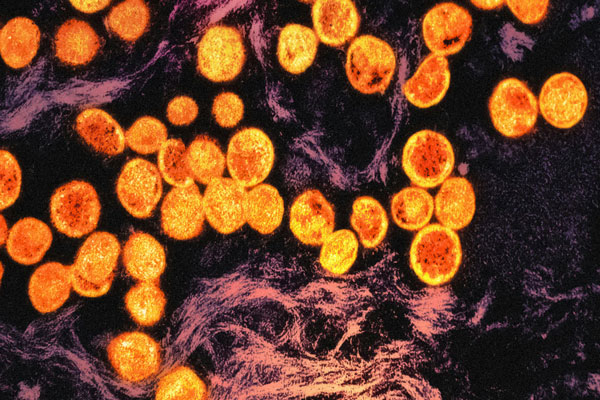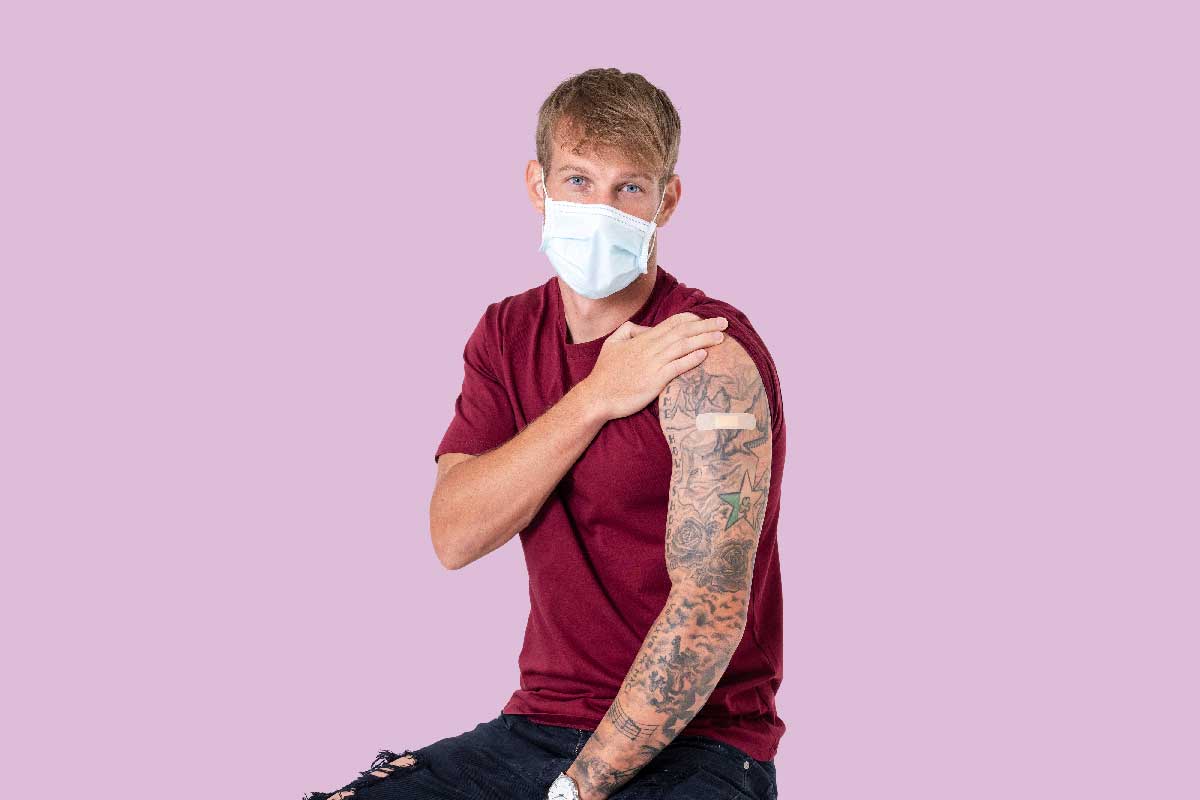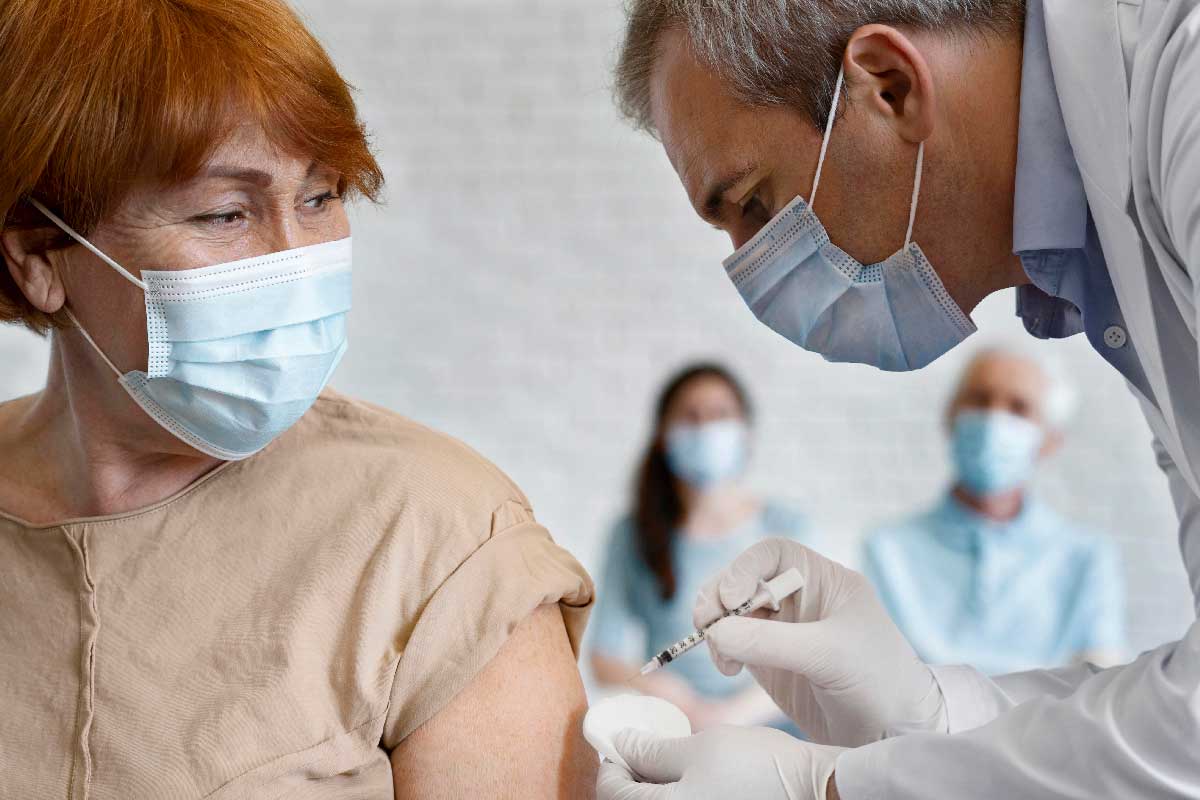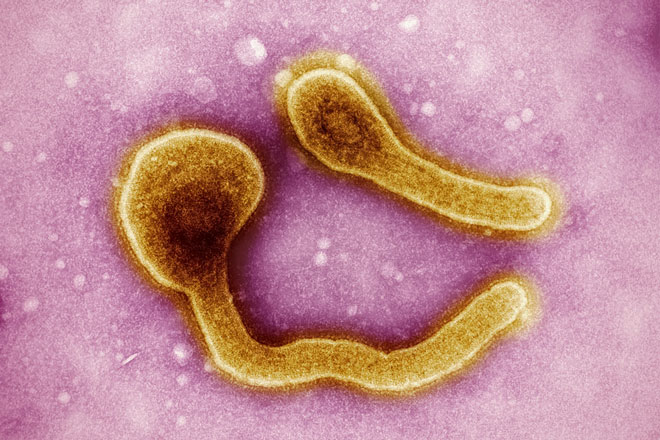Vaccine profiles: HPV
With cervical cancer killing one woman every two minutes, rolling out the HPV vaccine that can almost entirely prevent this killer disease is essential.
- 28 February 2022
- 4 min read
- by Priya Joi
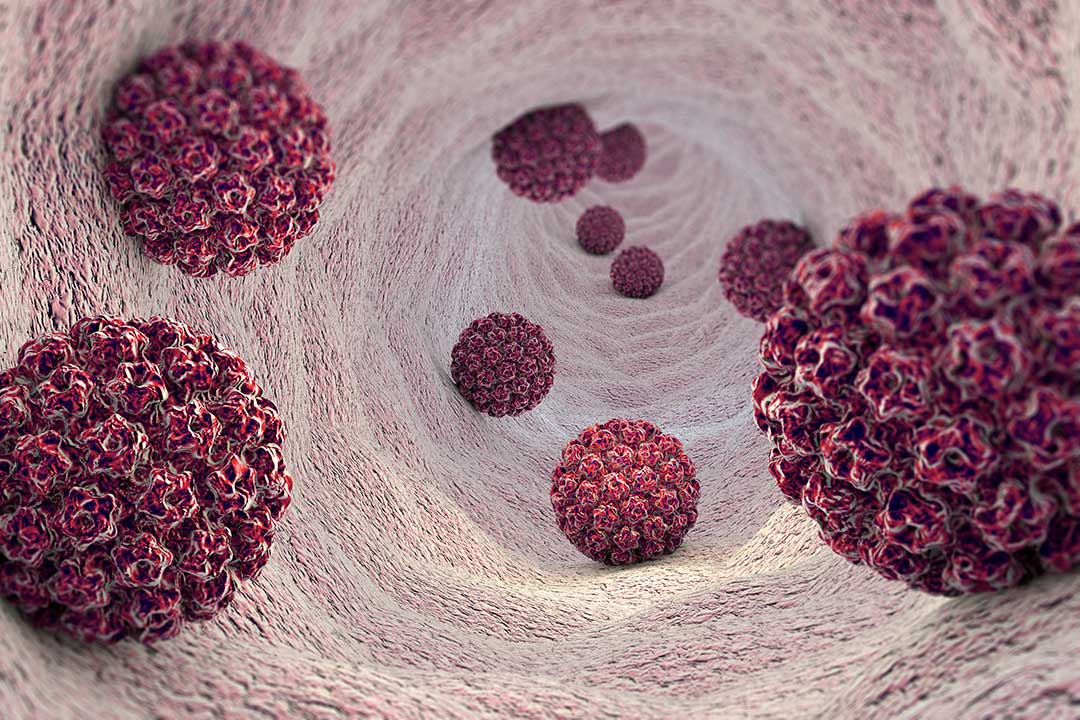
In 1951, a young black mother of five in Maryland, USA, was diagnosed with cervical cancer. She began radium treatments, the best therapy available at the time, but died within a few months. Scientists who collected her cancerous cells noticed an extraordinary thing – where other patients’ cells died after collection, these cells doubled every day.
Cervical cancer remains one of the leading causes of death for women in [lower-income countries], where women often don’t have access to cancer screening which means they are unlikely to be diagnosed until it’s too late.
The patient was Henrietta Lacks, and her case would have a profound impact on modern medicine. These doubling cells, named HeLa after her, were the first sign that cancer could be caused by a virus, in this case the human papillomavirus (HPV). But these cells have also been used to in the development of polio and COVID-19 vaccines, and the study of AIDS and cancer. The harvesting of her cells has caused controversy as her consent was not sought, nor were her family fully informed of their significance in scientific study – this is one of several times medical research was conducted on black people in the USA without consent. Despite its history, Lacks' contribution has ended up saving millions of lives.
VACCINE DEVELOPMENT
By the early 1980s, German virologist Harald sur Hausen knew that genital warts could result in squamous cell carcinomas, and that the warts contained papilloma-virus particles. He was then able to identify HPV DNA in cervical cancer biopsies, a discovery for which he won the Nobel Prize in Medicine in 2008.
Exactly who developed the vaccine is complicated. Several research teams – at the University of Rochester in New York, Georgetown University in Washington, DC, and Queensland University in Brisbane, Australia – all claim responsibility for taking the lead in producing either the Merck or GlaxoSmithKline vaccine. Both vaccines are based on the L1 protein of the papillomavirus assembling into virus-like particles (VLPs) that elicit neutralising antibodies against HPV.
The vaccine can prevent almost all cases of cervical cancer, a growth of abnormal cells in the cervix which can lead to vaginal bleeding and pelvic pain. If diagnosed late the disease can be fatal, making screening critical. In 2020 cervical cancer killed 342,000 women, 90% of whom were in low- and middle-income countries. The vaccine also protects against anal, mouth, throat, head and neck cancers in men and women.
Since 2016 Gavi has supported the scale-up of HPV vaccination programmes in 24 lower-income countries, alongside efforts to drive down the cost of the vaccine.
Have you read?
THREAT TO GIRLS’ LIVES
The vaccine is particularly important for lower-income countries. Cervical cancer remains one of the leading causes of death for women in these regions, where women often don’t have access to cancer screening which means they are unlikely to be diagnosed until it’s too late.
The vaccine is also important in these regions as they also have the highest number of women with HIV. The virus can trigger cancer far more easily in people with weakened immune systems, and women with HIV are six times more likely to develop cervical cancer than those without the disease.
CONTINUED THREAT
Initiatives to increase access to HPV vaccination will take some time to show up in the statistics: cervical cancer kills one woman every two minutes however whereas vaccination is recommended for girls before they become sexually active (HPV is a sexually-transmitted virus), the disease doesn’t tend to present until later in life.
Immunising girls in these countries while at school is a useful way of ensuring that girls have access to the vaccine. Yet even when the vaccine is available to schoolgirls, uptake can still be low because of a lack of sustained funding for school health programmes that could strengthen delivery of the HPV vaccine programme. Furthermore, absenteeism linked to socio-economic factors, including gender-related barriers, a lack of knowledge about why the vaccine is necessary (including among health care workers), beliefs that the vaccine is harmful or difficulties in travelling to clinics to get the vaccine impact coverage levels.
The COVID-19 pandemic has exacerbated existing challenges for the HPV programme and had a major impact on vaccine uptake. School closures across the world disrupted delivery of the HPV vaccine and slowed down widespread rollout in many countries. The Vaccine Alliance is continuing to work closely with governments and partners across Africa and Asia to get the rollout of this lifesaving vaccine for women and girls back on track.
